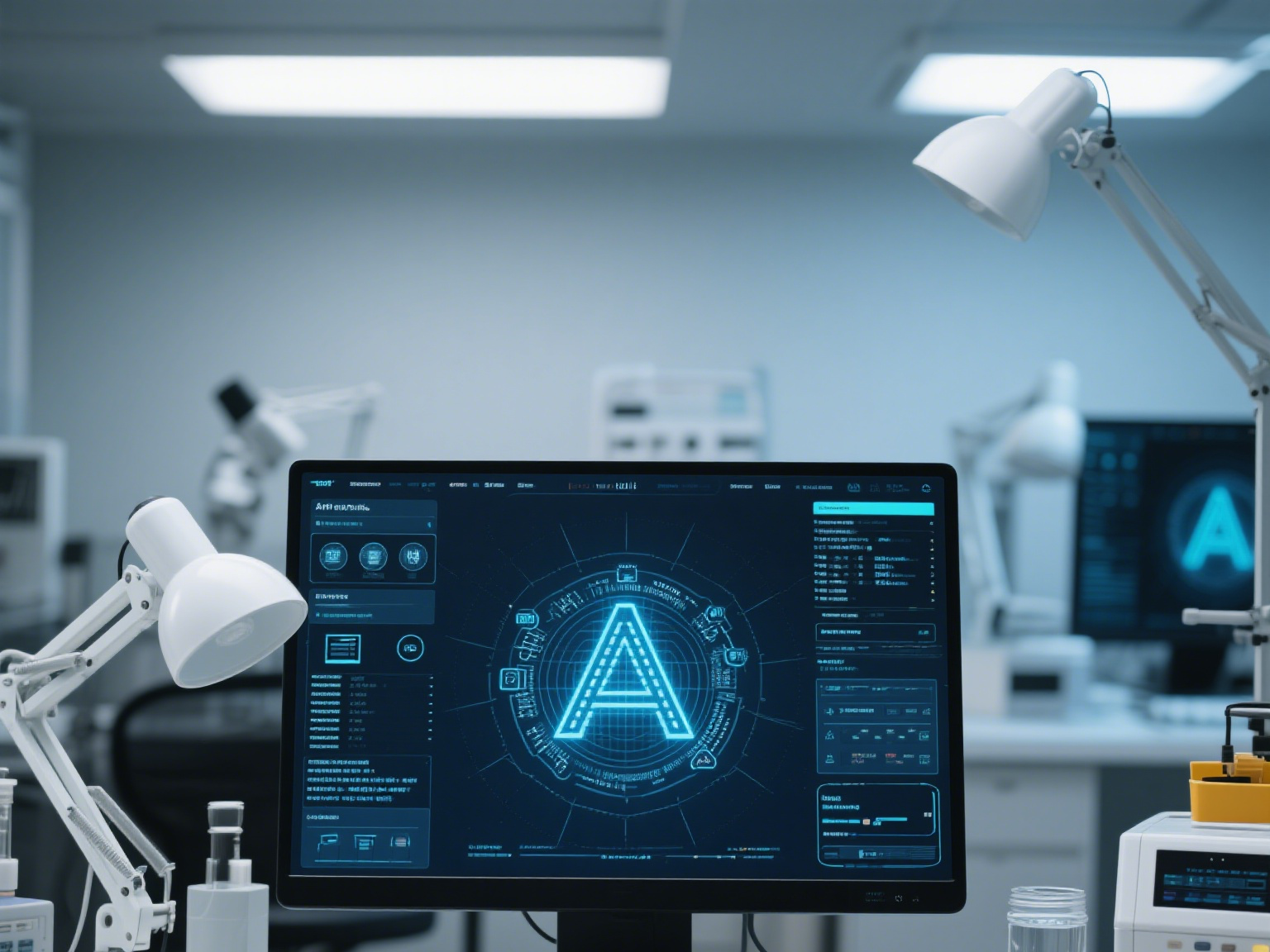
For hardcore tech enthusiasts following the “Geek Leader Chronicle”, building a personal artificial intelligence (AI) laboratory can be an exciting and rewarding project. In this “Tech Tutorials and Guides” article, we will walk you through the process of setting up your own AI lab, from understanding the basics to training your first AI model.
Understanding the Basics of AI Labs
Before diving into the technical details, it’s important to have a clear understanding of what an AI lab is and what it can do. An AI lab is a workspace equipped with the necessary hardware and software to develop, train, and test AI models. These models can be used for a wide range of applications, such as image recognition, natural language processing, and predictive analytics.
The key components of an AI lab include a powerful computer system, specialized AI software, and a large dataset for training the models. Understanding these components and their functions is the first step towards building an effective AI lab.
Hardware Requirements for Your AI Lab
- Computer System: A high – performance computer is the backbone of your AI lab. Look for a system with a powerful multi – core processor, such as an Intel Core i9 or an AMD Ryzen 9. The more cores and higher the clock speed, the better the performance for running AI algorithms.
- Graphics Processing Unit (GPU): GPUs are crucial for accelerating AI computations. NVIDIA GPUs, like the GeForce RTX series or the Tesla series for more professional use, are popular choices. They are designed to handle the parallel processing required for tasks like neural network training.
- Memory (RAM): AI applications can be memory – intensive. Aim for at least 32GB of RAM, but if you plan to work on large – scale projects, 64GB or more would be ideal.
- Storage: You’ll need a significant amount of storage to store your datasets and trained models. A combination of fast SSDs (Solid – State Drives) for the operating system and frequently accessed files, and high – capacity HDDs (Hard Disk Drives) for storing large datasets, is a good setup.
Selecting and Installing AI – Friendly Software
- Operating System: Linux distributions, such as Ubuntu or Fedora, are popular choices for AI development due to their open – source nature, flexibility, and good support for AI libraries. However, Windows can also be used, especially for those more familiar with the Windows environment.
- AI Frameworks: TensorFlow and PyTorch are two of the most widely used AI frameworks. TensorFlow, developed by Google, is known for its simplicity and wide range of applications. PyTorch, on the other hand, is favored for its dynamic computational graph, which is useful for research and development. Install the framework that best suits your needs and development style.
- Integrated Development Environments (IDEs): IDEs like PyCharm, Visual Studio Code, or Jupyter Notebook can significantly enhance your development experience. Jupyter Notebook, in particular, is very popular in the AI community as it allows for easy experimentation and sharing of code.
Setting Up the Environment for AI Development
- Virtual Environments: Creating a virtual environment is a good practice to isolate your AI projects and their dependencies. Tools like Anaconda or Miniconda can be used to manage virtual environments. Install Anaconda, and then create a new environment for your AI project with the necessary packages.
- Installing Dependencies: Depending on the AI framework and the specific tasks you plan to undertake, you’ll need to install various dependencies. For example, if you’re using TensorFlow, you may need to install libraries like NumPy, Pandas, and Matplotlib for data manipulation and visualization. Use the package manager (such as pip for Python) to install these dependencies.
Training Your First AI Model
- Selecting a Dataset: Choose a dataset that is relevant to the type of AI model you want to train. For image recognition, datasets like CIFAR – 10 or MNIST are commonly used. For natural language processing, datasets such as IMDb movie reviews or the 20 Newsgroups dataset can be great starting points.
- Preparing the Dataset: Before training, you need to preprocess the dataset. This may involve tasks like normalizing data, splitting it into training, validation, and test sets, and encoding categorical variables if applicable.
- Building and Training the Model: Using the AI framework of your choice, define the architecture of your model. For a simple image classification task in TensorFlow, you might use a Convolutional Neural Network (CNN) architecture. Compile the model with appropriate loss functions and optimizers, and then start the training process. Monitor the training progress using metrics like accuracy and loss.
Troubleshooting Common Issues in AI Lab Setup
- Hardware Compatibility: Sometimes, the hardware components you’ve chosen may not be fully compatible with each other or with the software you’re using. Check for any BIOS updates for your motherboard, and make sure the GPU drivers are up – to – date.
- Software Installation Errors: Issues like missing dependencies or conflicts between different software packages can occur during installation. Read the error messages carefully and refer to the official documentation of the software for solutions. Online forums, such as Stack Overflow, can also be a great resource for troubleshooting.
- Model Training Problems: If your model is not converging during training or if you’re getting low accuracy, it could be due to various reasons, such as incorrect hyperparameter settings, overfitting, or an insufficient dataset. Try adjusting the hyperparameters, using techniques like regularization to prevent overfitting, or collecting more data.
In conclusion, building a personal AI laboratory is a challenging but rewarding endeavor. By following these steps, you can set up your own AI lab and start exploring the exciting world of artificial intelligence. Remember, patience and perseverance are key, as there may be some trial – and – error involved in the process.










暂无评论内容